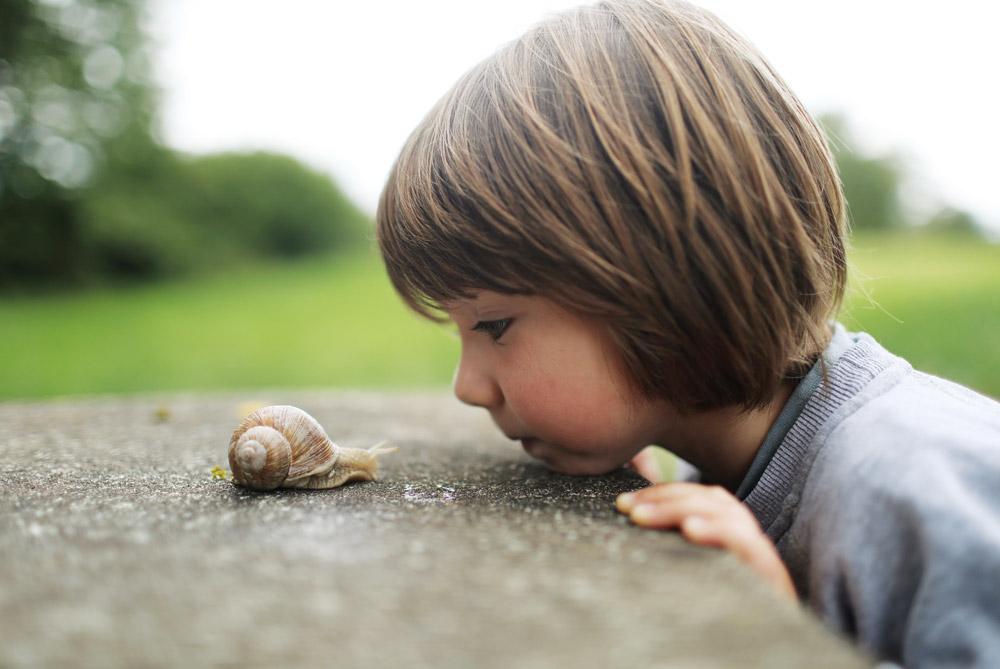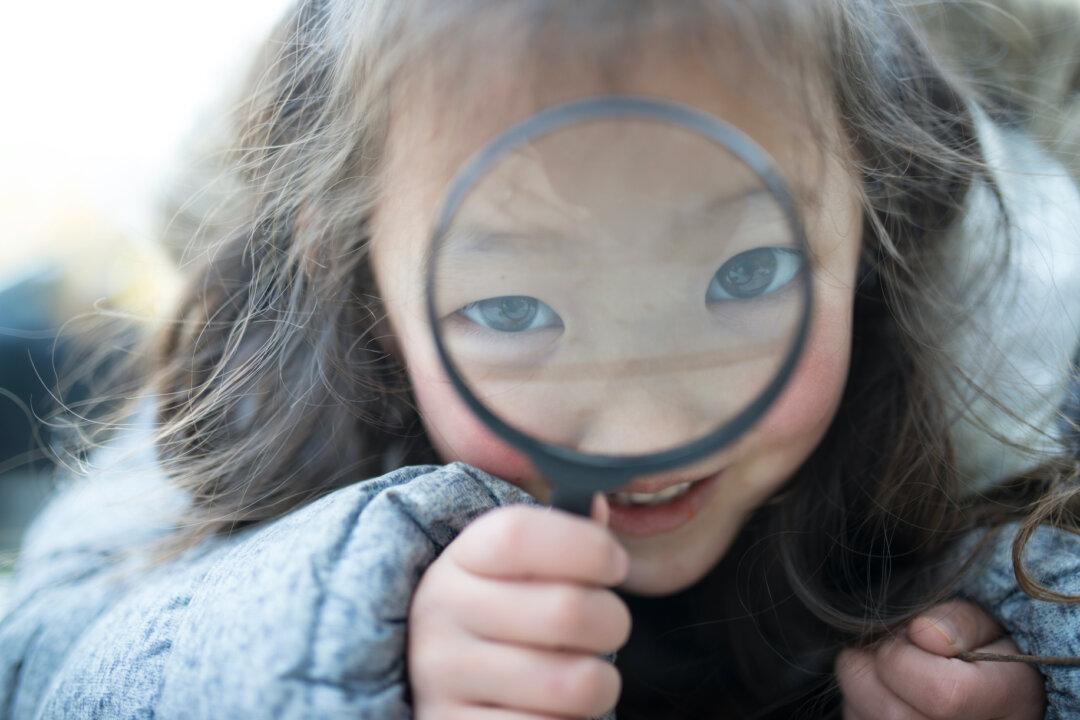The young boy had to know! He found a screwdriver in a toolbox, moved the microwave oven away from the wall, and began trying to take it apart. His mom entered the kitchen, and with alarm, shouted, “Stop! What do you think you’re doing?”
Her son innocently responded, “I need to know how the food gets hot when the microwave never gets hot. The stove gets hot, the oven gets hot, the toaster gets hot, and your coffeemaker gets hot. But the microwave never gets hot. I have to figure this out.”





